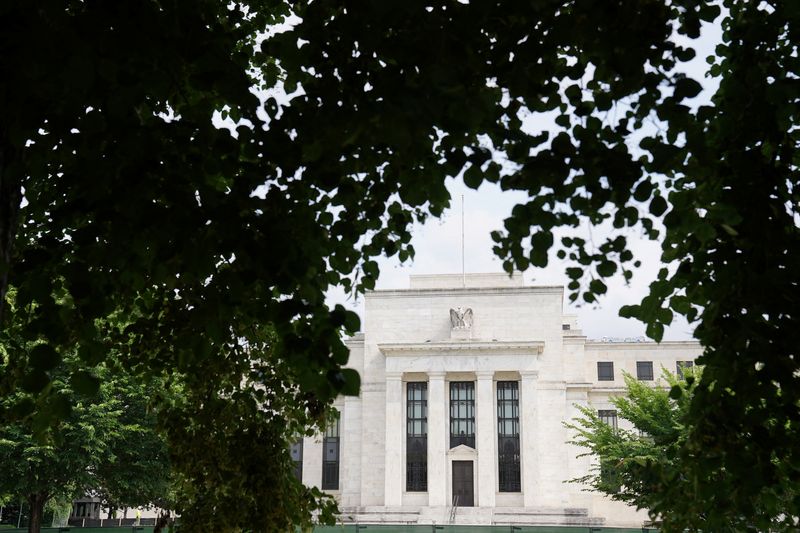Investing.com — Yields fell for a second straight week on Friday, leading some on Wall Street to bet on a possible decline of less than 4% by the end of the summer as the Federal Reserve nears its first rate cut.
“Ten-year Treasury yields appear to be in a downward channel, reaching below 4% at the end of August,” Evercore ISI said in a note on Friday, citing the tactical yield index, which suggests that 10-year yields should decline until at least early September.
Ten-year Treasury yields have fallen below the range they have been trading in since early May, around 4.25%, Evercore ISI says, pressured by recent economic data, including the mixed June jobs report, and a “surprisingly soft CPI -Edition. “
The data and recent comments from Fed Chairman Jerome Powell earlier this week have reinforced expectations for a rate cut in September.
“The front end of the curve has deteriorated as the first Fed easing is still a few months away, while two-year yields are pricing in four more easings in the coming year,” Evercore ISI said.
Still, despite this disinflation trend, others speculate whether U.S. Treasury yields could rise again, albeit temporarily, driven by political winds of change.
Because a second Trump administration is expected to boost inflation and increase the budget deficit by more than a second Biden administration, Macquarie believes, events that allow Trump to “get the upper hand in the election” could temporarily push interest rates back up. can increase.”
“A messy Democratic nomination process in early August could be one such event,” Macquarie added, just as calls for President Biden to drop out of the race grow louder.
A slew of Democrats have suggested that at the end of the NATO summit in Washington, DC, this week, there could be further calls for Biden to withdraw from the presidential race.
However, in the event that Biden resigns before the Democratic Convention in August, a smooth transition to the nomination of a new Democratic candidate for president is unlikely.
The call to raise interest rates in combination with Trump’s progress toward a second term is not without reason. Following the aftermath of the June 27 presidential debate, in which Trump was widely expected to have scored a major victory over Biden, Treasury yields rose.
“Episodes like this could happen again between now and the November election, whenever Trump is seen to gain the upper hand in the final election outcome,” Macquarie added.


